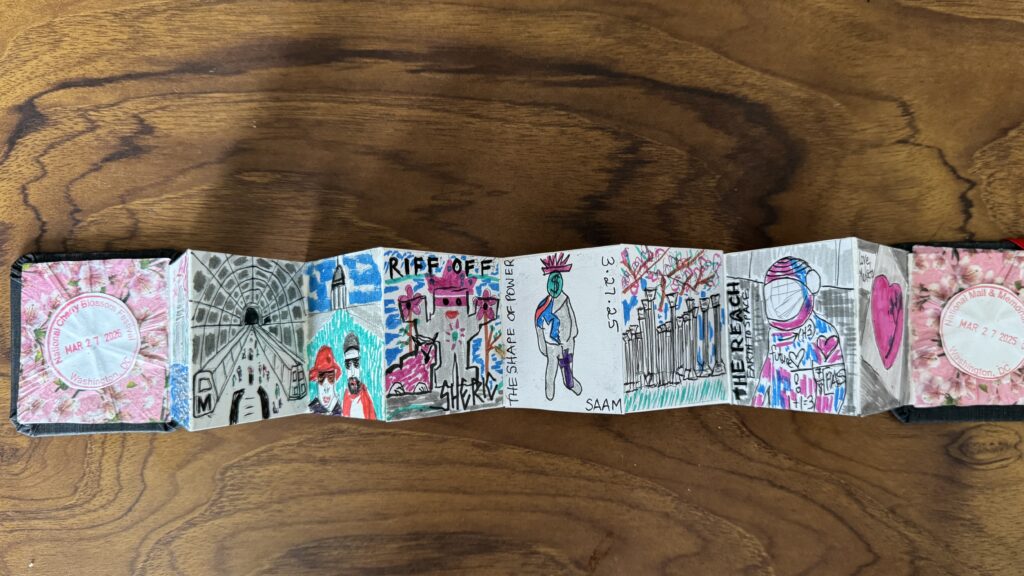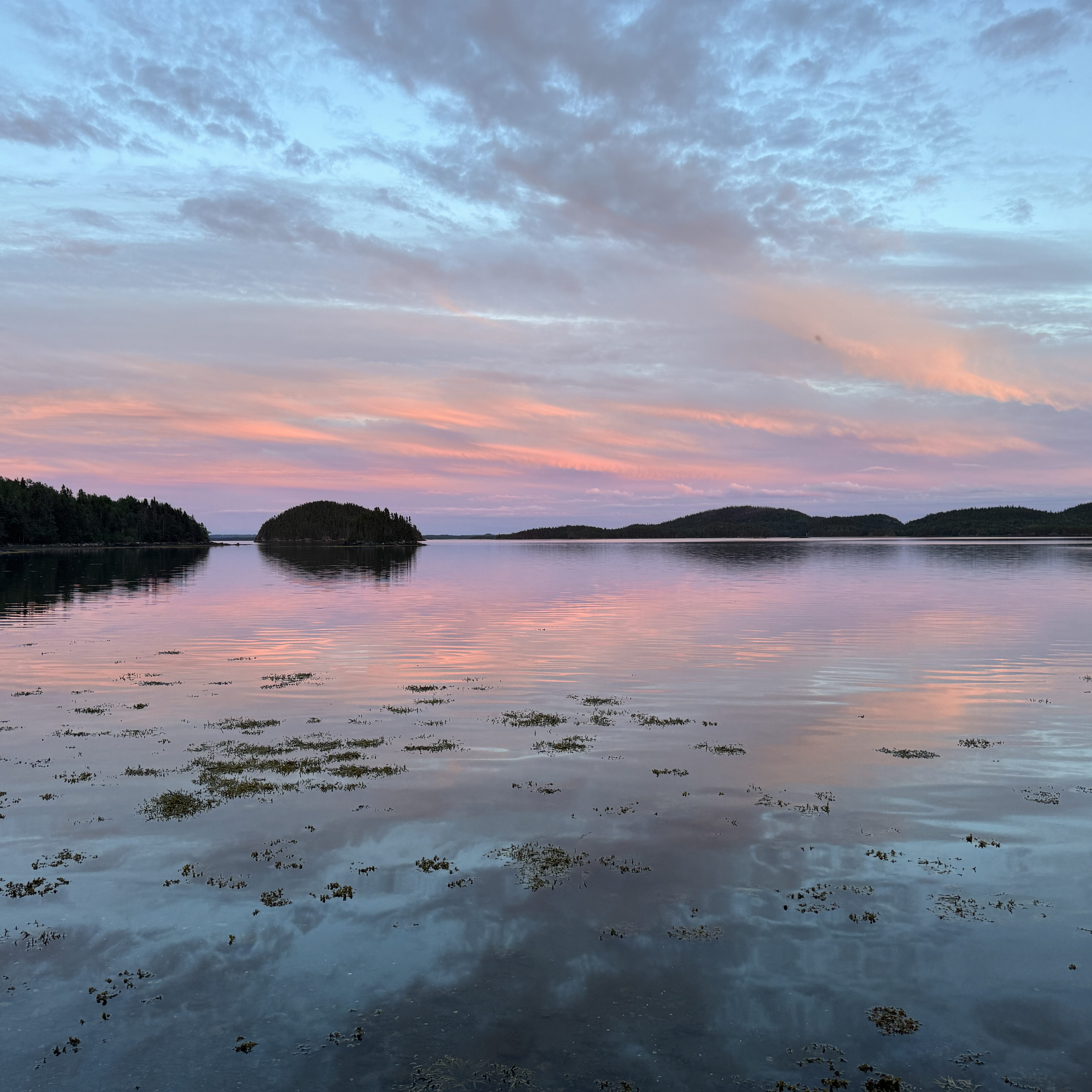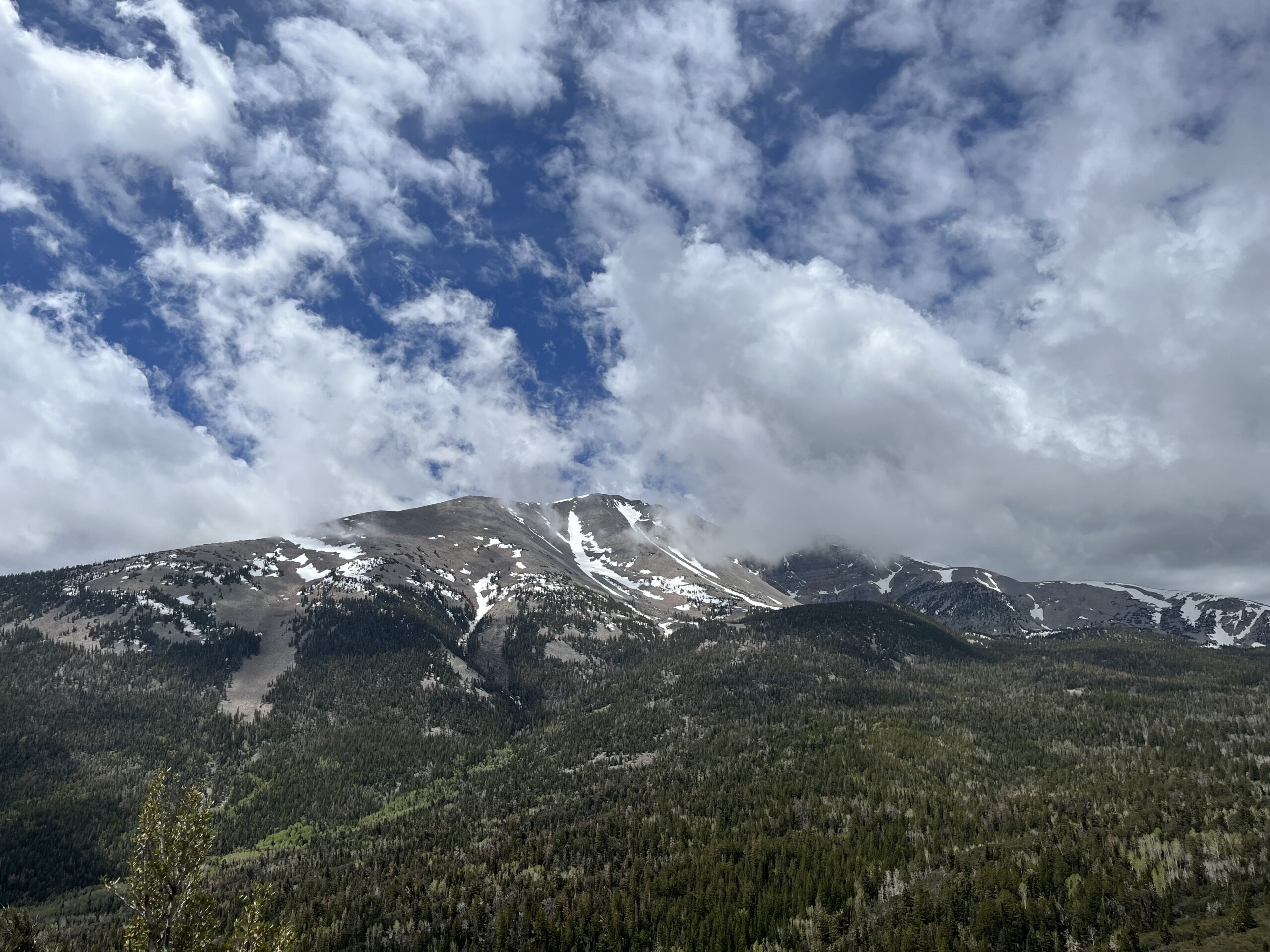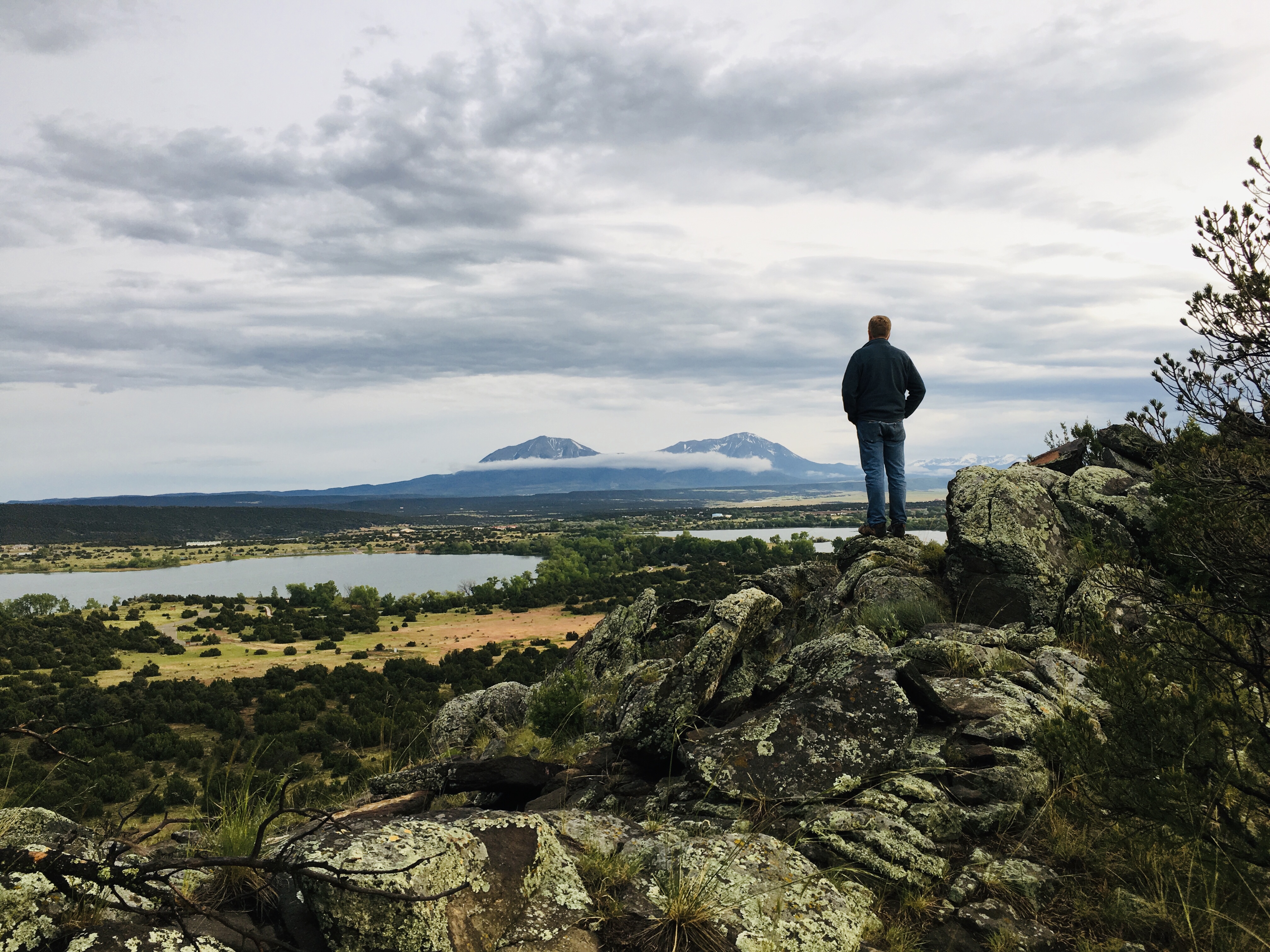In 1912, the Japanese dropped 3,000 Cherry Bombs on Washington DC in a celebration of friendship. More than a hundred years later, the explosion of cherry blossoms around the Tidal Basin draws millions of festival goers to marvel over the fleeting pink blooms. We jumped on a couple of beat up rental bikes and fought through the crowds who were Turning Japanese, getting high on The Vapors coming off of the blossoms. I really think so, think so, think so.
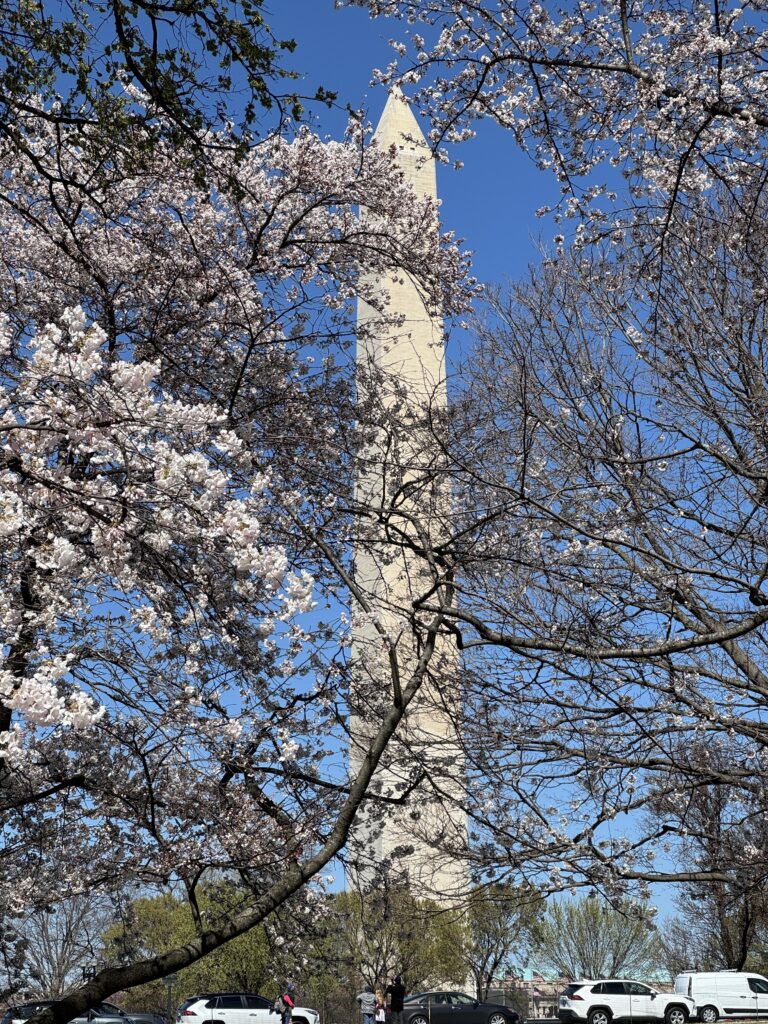
There’s an internet debate about whether the MTV popularized one hit wonder is politically incorrect. Is it racist? Cultural appropriation? A caricature of Japanese femininity? A stereotype of otherness, or just a catchy tune? Whatever your take on the Gen X era sing-along, controversy forces us to examine our own beliefs in the context of others. Controversy creates tension, misunderstanding breeds divisiveness; awareness promotes understanding, compromise accompanies acceptance; apathy fights engagement. Sounds like good inspiration for art to us. We cherry picked a handful of exhibits, some centered on some of America’s in-the-news controversies, and some famous for Sakura, and set out to inform our point of view.
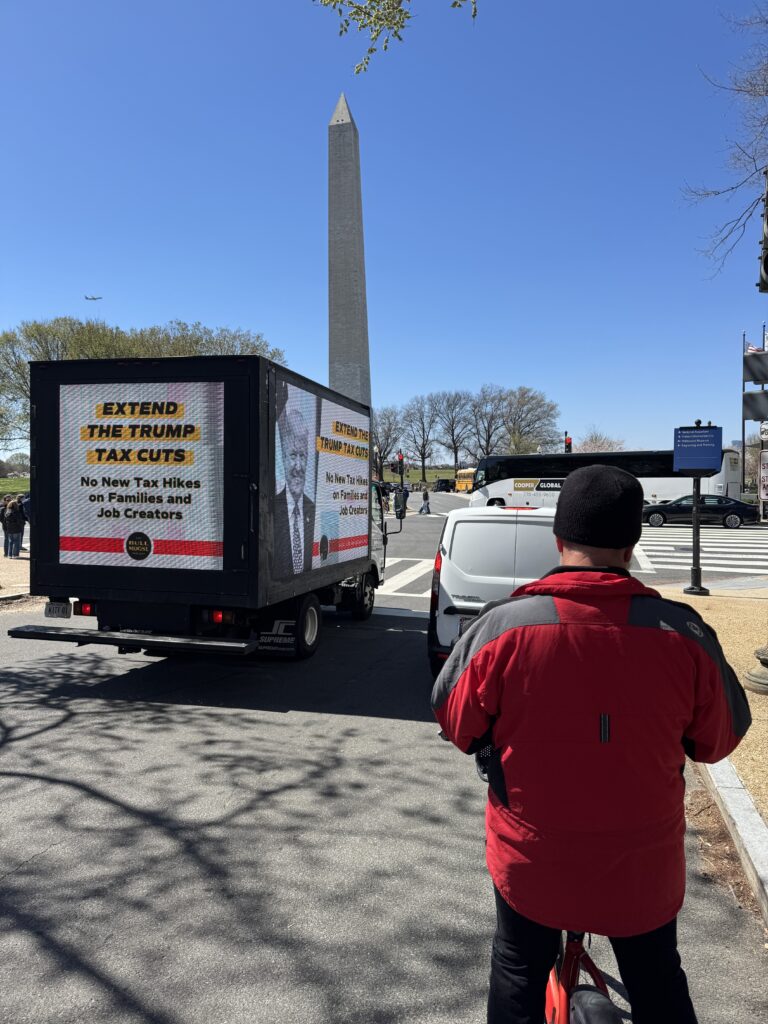
We found “Sakura Orihon” the old fashioned way: A google search on “cherry blossom exhibits DC.” Beyond the picturesque Tidal Basin, just 2 miles northeast of the Capitol, lies the 446 acres of the National Arboretum nestled between grimy highways, industrial warehouses and urban sprawl. Nearly inaccessible due to the freeways and rail lines that encircle the grounds, the paucity of crowds make it a hidden gem among DC attractions, or at least a hidden semi-precious stone, like an amethyst or garnet – fine for a class ring but not exactly engagement material.
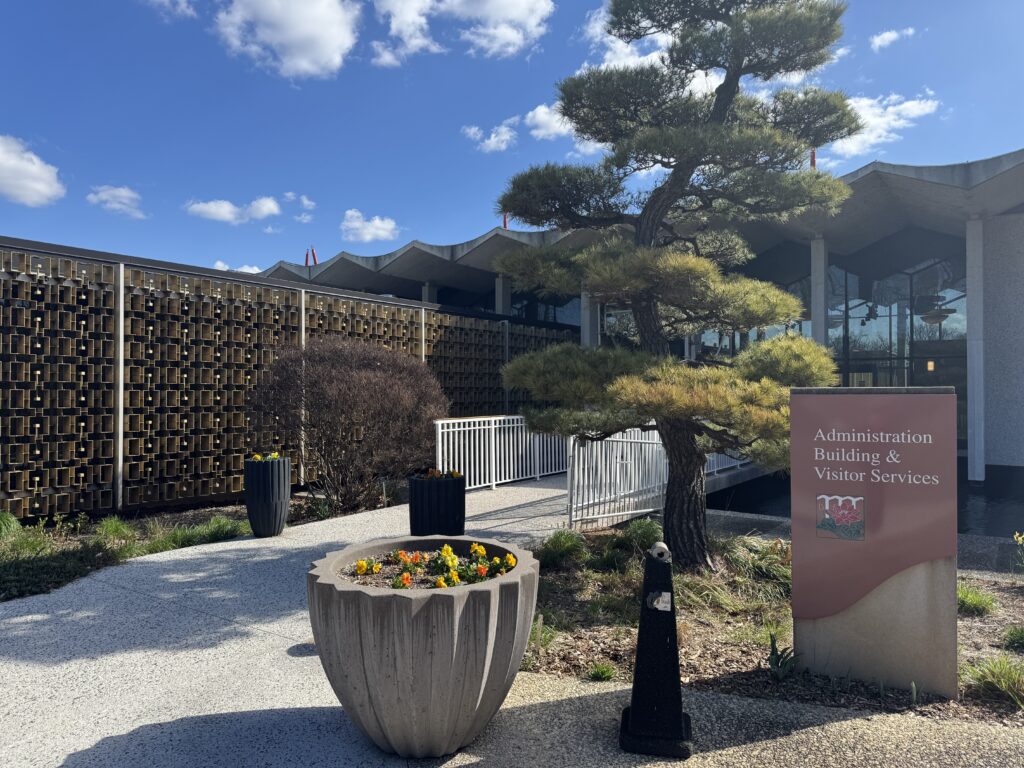
Part of the Department of Agriculture, the off-the-beaten path Arboretum is a collections-based research facility and public garden. With a paltry $15 million budget supplemented with a box half-full of dollar bills from private donations, this 98 year old institution is home to 40 varieties of flowering ornamental cherry trees, along with curated collections of bonsai, woodland fern, herb and azalea gardens. When we asked Google AI if the Arboretum would be affected by the Department of Government Efficiency’s cuts to the USDA, it said DOGE identified $231 million in savings. Is savings the same thing as cuts? Or is that more boy/girl math? AI’s bulleted answer said cuts were in employment, such as disease sniffing dog trainers, in lease cancellations for over 100 USDA offices in multiple states, and in Contract/Program cancellations, of which $100 million was for diversity and inclusion. So about half, it seems, is cut from diversity? Does that include programs for the diverse plant life included in displays at the US Arboretum? AI may be the “sliced-bread” invention of the future but it sure has a long way to go in answering our questions.
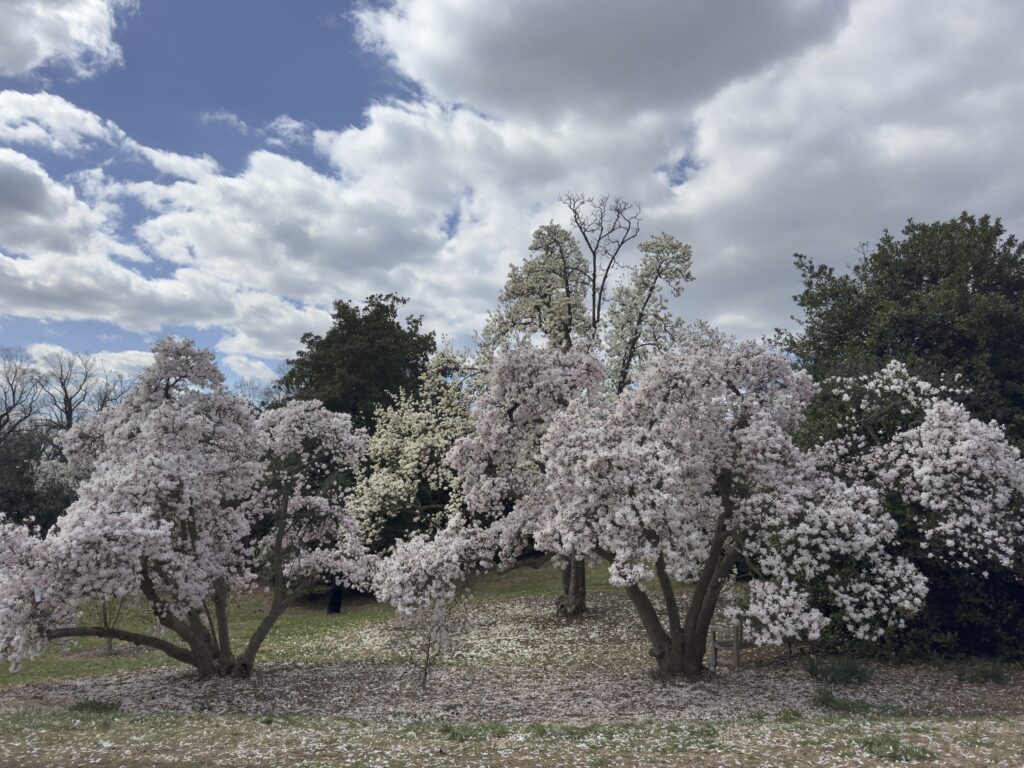
Life is simpler and more peaceful outside, especially when practicing Hanami, or the Japanese art of cherry blossom viewing. To reach the National Bonsai and Penjing Museum, you weave through Intstagrammable bonsais-in-training and bonsais-in-nature exhibits for you and us to experience while arbor loving people collect research and care for their well being. We were going to call the volunteer gardeners tree huggers, but actually hugging a Bonsai tree is frowned upon. While small and cute Bonsai can be hundreds of years old and should not be infantilized because of their diminutive size according to AI. Employees and volunteers clip and shape mini-trees while construction crews fix a roof and maintenance staff mulch gardens. The place evokes wonder, curiosity, and calm along with a nagging sense of guilt that we have fallen behind in our yard work at home.
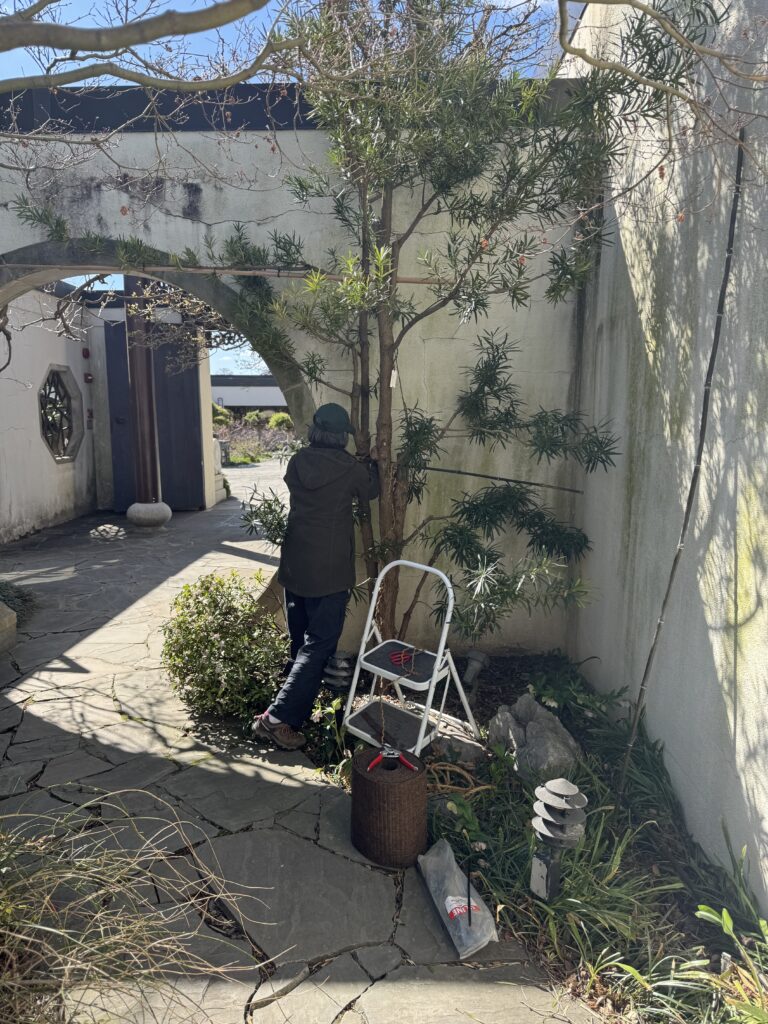
Having recently been informed of our rejection to an artist in residence program at an obscure National Historic Site, we found companionship with twenty two enormous Corinthian columns rejected from their residence at the National Capitol. Originally located in the east Portico of the Capitol, the once stately columns that stood guard for 130 years are now a Salon d’ Refuses-esq exhibit relegated to a barren perch high on a treeless hill ironically in the center of an arboretum. It’s not easy being relegated to hidden gem status.
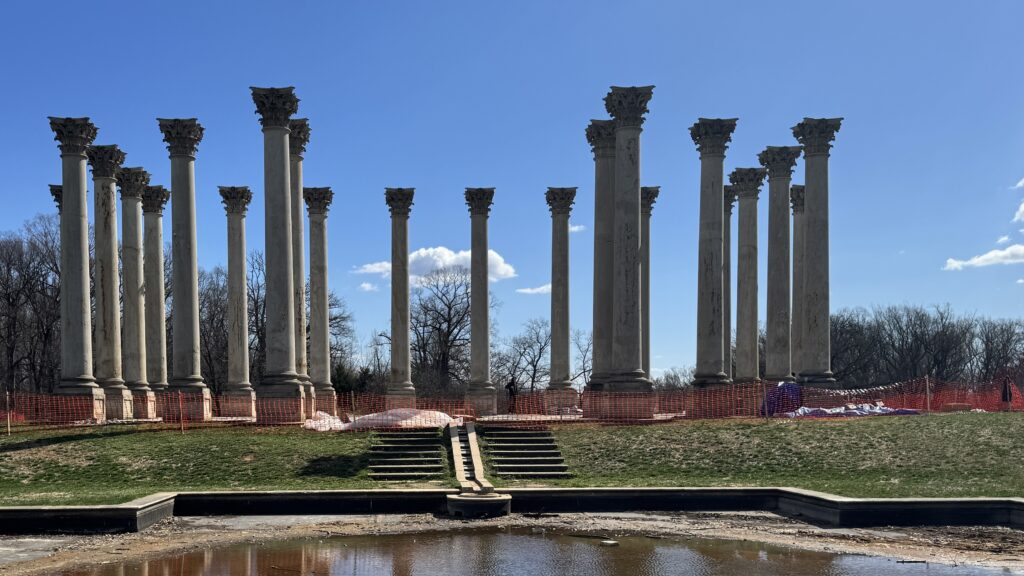
Housed in a stunning building blending modernism with Asian influences is Sakura Orihon, a diary of one man’s journey to visit the three great ancient cherry trees of Japan from south to north, recording his experience in folding sketchbooks called Orihon. The exhibit of Ron Henderson’s journals pay tribute to the cherry blossom culture in Japan, illustrates artful horticultural practices and captures the essence of sacred spaces graced by cherry blooms. Awed by his drawings and reflections, the Orihon became our new “must-find immediately” for our next escape artist adventure. Possibly sensing the coming of DOGE and in keeping with its hidden gem status, the National Arboretum had shuttered its gift shop in 2023, and no other Smithsonian gift shop within a hundred miles had heard of Orihon. .
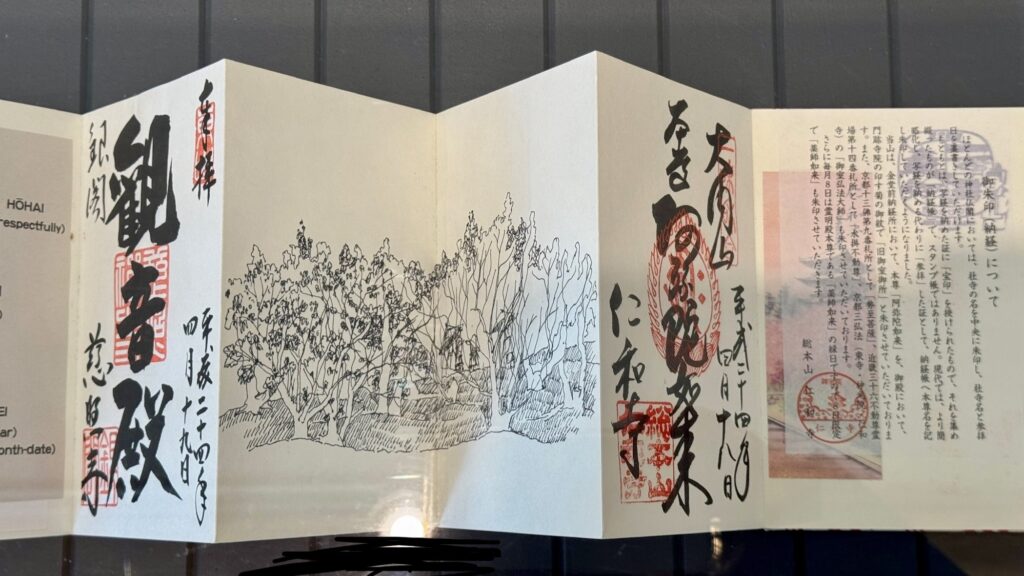
On the other side of town is another place we had never visited, the Kennedy Center for the Arts. We had driven under the cantilever covering Rock Creek Parkway and wondered; saw it from the sky on the approach at Reagan National Airport and been curious. Not really into opera or musicals we had never gotten curious enough to get the backstory. It suddenly got interesting when we heard on the news that POTUS was the new Chairman of the Board. The outgoing Chairman, David Rubenstein was rich and famous for having co-founded the Carlyle Group, a private equity firm specializing in hostile takeovers. Ironically, he had himself become the victim of a hostile takeover when the Kennedy Center board, newly appointed by POTUS, fired him and installed POTUS as Chair vowing to make the Kennedy Center for the Performing Arts great again.
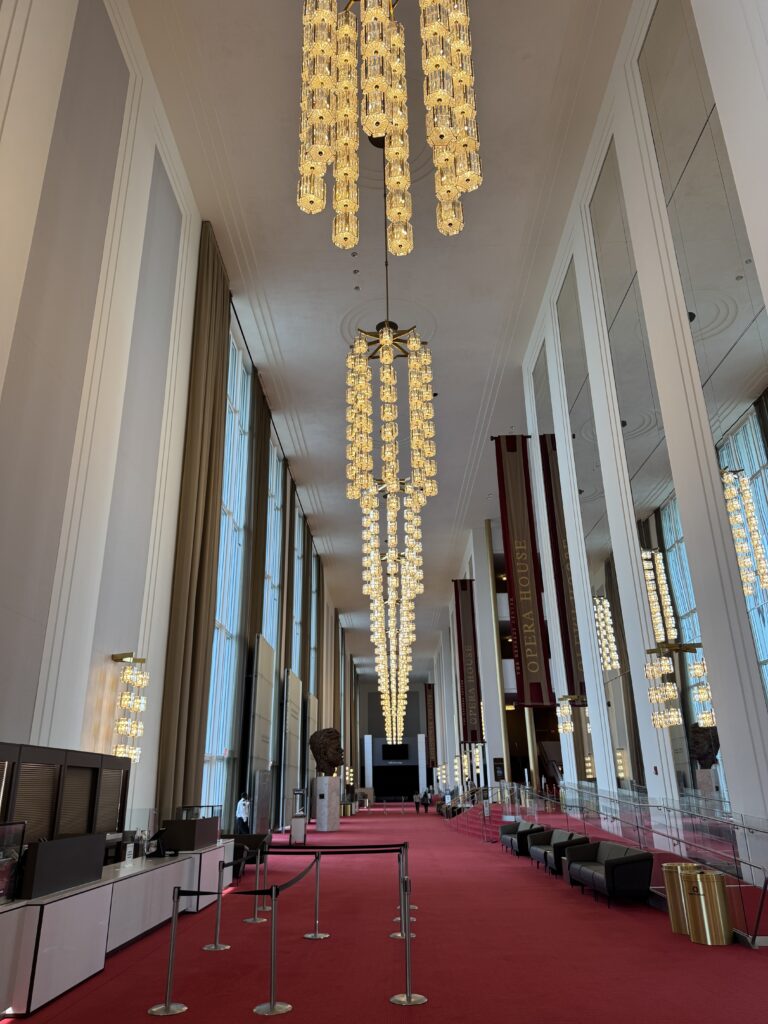
Bernice escorted us on a free red carpet “Before” tour. She didn’t call it that, but we wanted to investigate the fuss before any changes were made. The whole place has been recently re-carpeted in a red-on-red geometric print, giving it a modern and sophisticated vibe. We learned that JFK was a lover of the arts and carried the torch to get the National Cultural Center built. After his death, The National Cultural Center was renamed in his memory and decorated with gifts from around the world. The walls are Italian Carrara marble. The chandeliers from Sweden, Lobymer crystal from Austria, and Waterford from Ireland. Donated foreign sculptures, paintings, and woodcut installations adorn the halls. For a National Cultural Center, it is surprising in its array of tariff-free international accoutrements. It is a pubic-private partnership like the Smithsonian, but whereas the Smithsonian is about 2/3 public, the vast majority of the money for the Kennedy Center comes from managing partners of private equity firms and the like.
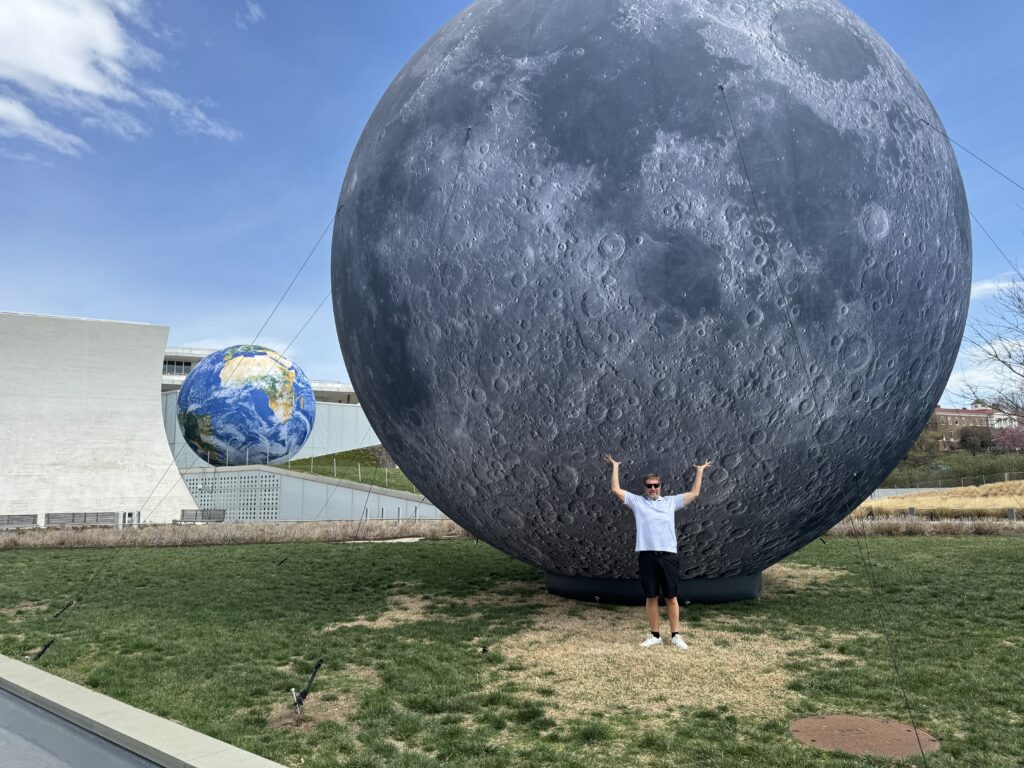
Standing behind velvet ropes, peering in on VIP access, we felt like interlopers in a pay to play situation. You can buy a $50 nosebleed seat, but you can’t access the member’s only lounge. So even though opera unites us, if you can’t dig deeper in your wallet, the shared experience divides us. Separate from the performance halls is The Reach, an immersive learning center and public incubator championed by David Rubenstein during his tenure. Bernice didn’t know much about the center or its current exhibition – Earth to Space – and Mr. Rubenstein was nowhere to be found. A giant spaceman statue gazed across the domain of The Reach and we wondered what he made of all this.

Standing on the Center’s terrace with commanding views from Georgetown to the National Mall, we were impressed at how the battle for control of the cultural center perfectly captured the tensions and turmoil of contemporary life in D.C. and in America. The Center’s stunning structure was largely built from steel donated by the Bethlehem Steel Corporation. Bethlehem Steel, once a symbol of American manufacturing dominance, is now defunct; a victim of globalization and cheap imported steel. While the actual ground on which the Center is built is owned by all Americans, the center relies on the top 1% to fund 85% of its budget. Mr. Rubenstein alone has written checks for over $100 million. You used to be able to get a pretty good seat to Hamilton for that kind of pocket change. Of course, that was before the entire Hamilton cast cancelled their Kennedy Center performances.
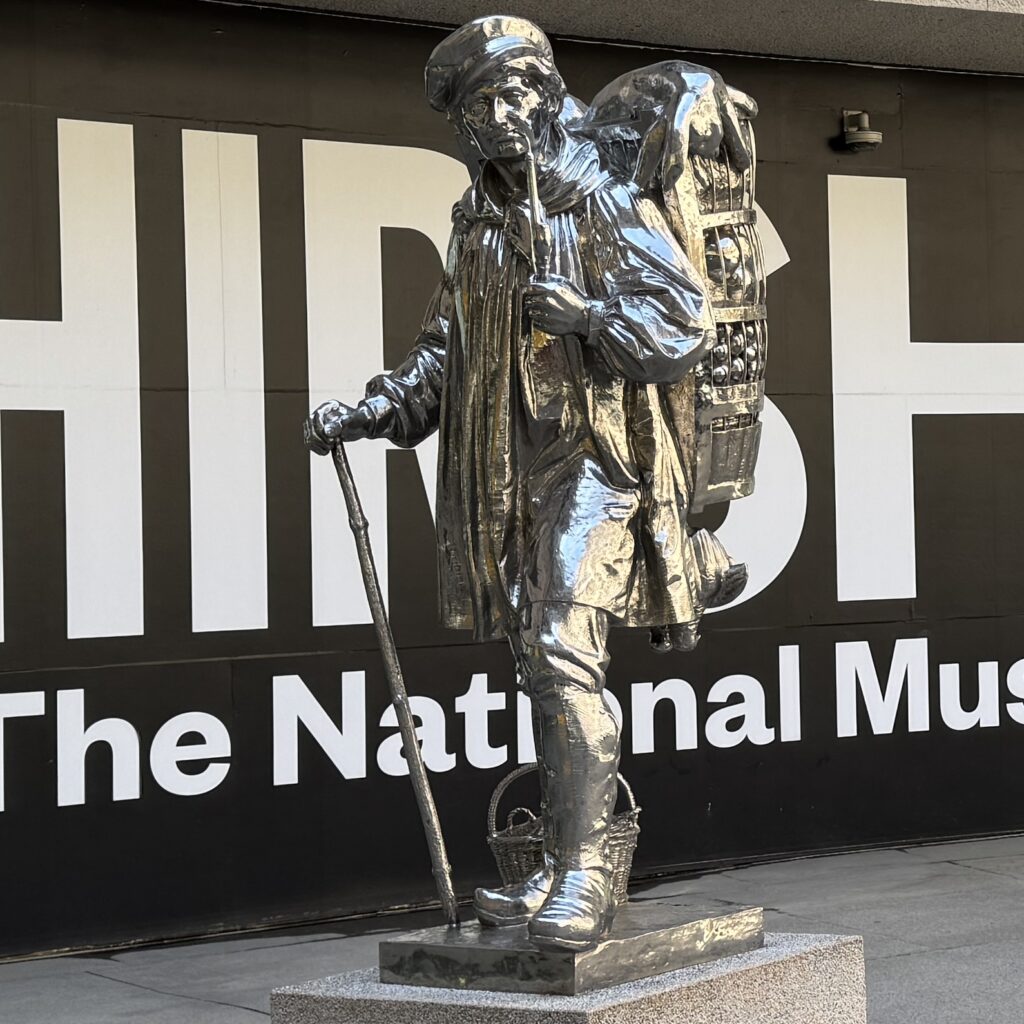
Our final stop in our controversy tour, was a couple of Smithsonian Art Museums. The Smithsonians used to be super cool places where you could reach up and touch an Apollo capsule that had gone into space. Or be greeted at the door by a life size T-Rex. We’ve come to find out that it’s actually a target in the crossroads of a cultural battle in America. This feels foreign to us because we’ve always associated the Smithsonian with arts and science and history. It never felt like a battleground or a hotbed of controversy. Obviously, the portrait galleries were boring and the air and space museum was awesome. That’s about as much thought as you had to give it.
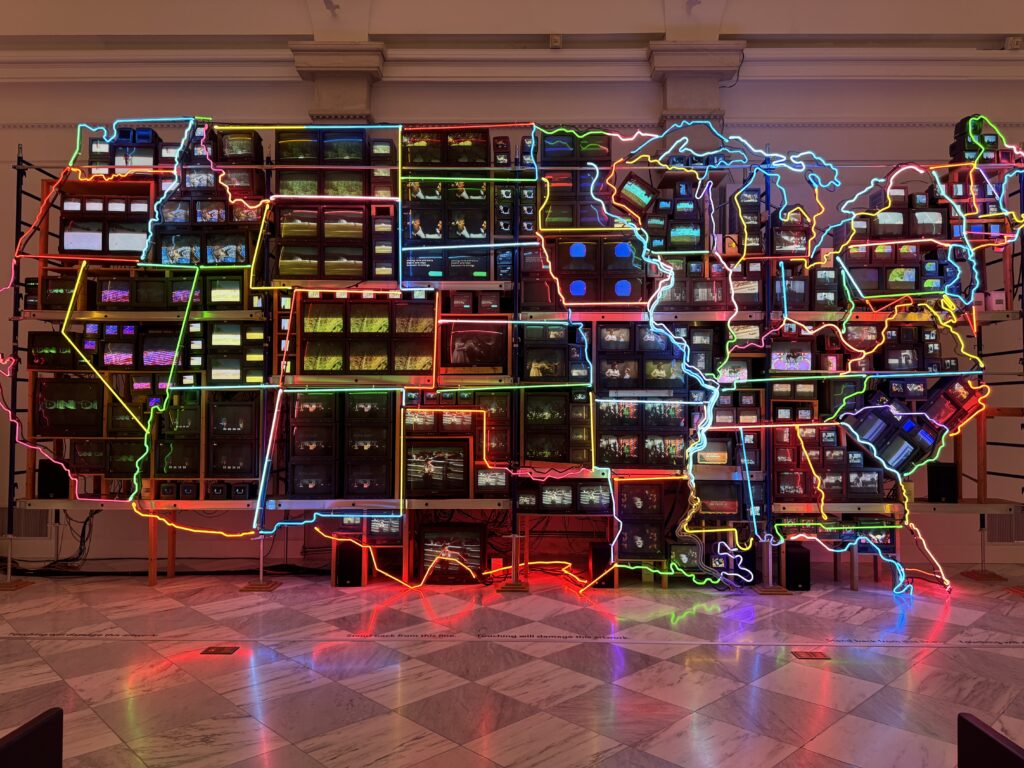
As we followed the news articles that came out regarding the executive order, Restoring Truth and Sanity to American History, we realized times they are a changin’. What used to be a destination for boring 4th grade field trips and sweaty summer vacations on the National Mall is now a political hot potato. Even the ever popular Banksy was in the hot seat at the Hirshorn Museum of Modern Art for doing what graffiti artists do.
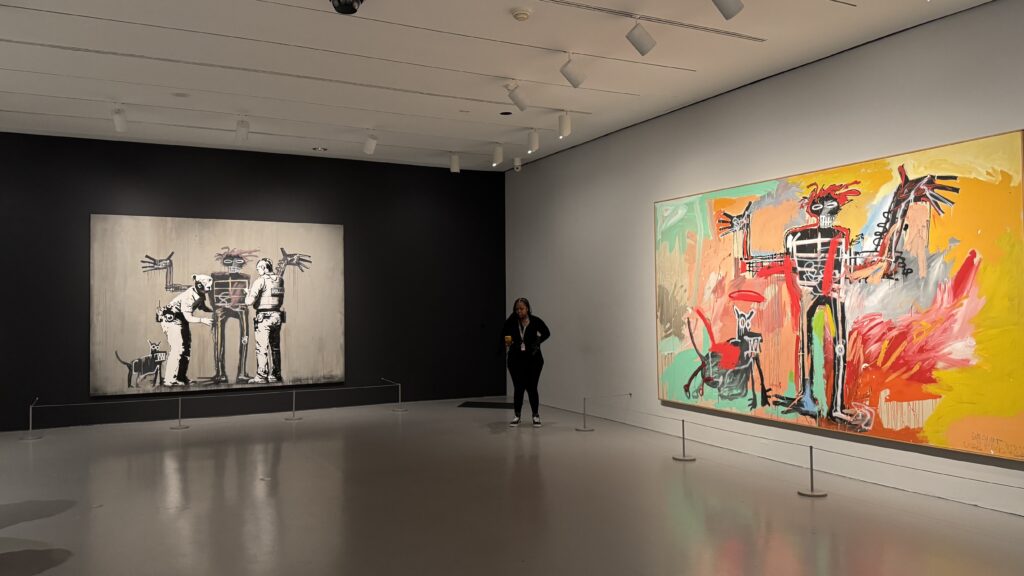
Graffiti artists celebrate appropriation. They call it a Riff. Like sampling in music – when an old familiar song is part of a new song. Think classic Biggie or poppy mashups between generations like Elton and Dua. Jean Michel Basquiat’s Boy and Dog in a Johnnypump (1982) and Banksy’s response, Banksquat, Boy and Dog in Stop and Search (2018) is like that. We took the Riff Off challenge and added Sheric and Cat to the Orihan that was finally found at the Plaza Art store. While it’s not a commentary on misuse of power, it is a mashup of graffiti culture.
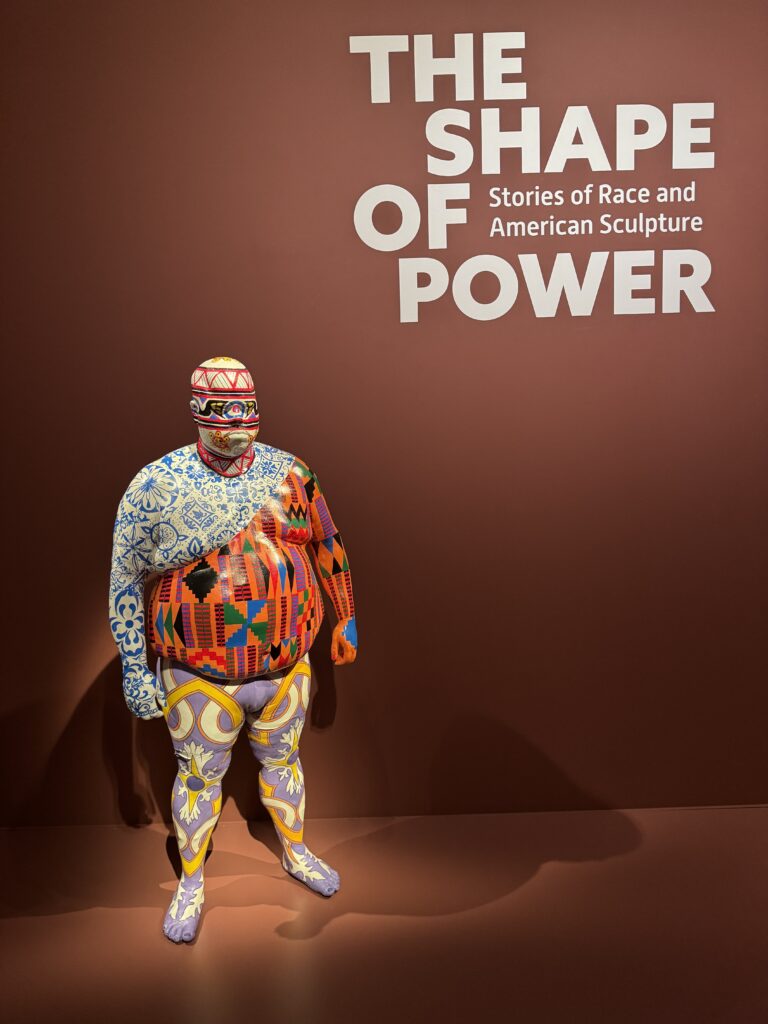
On the other side of town, the Smithsonian American Art Museum featured “The Shape of Power: Stories of Race and American Sculpture, a controversial exhibit representing that societies including the United States have used race to establish and maintain systems of power, privilege, and disenfranchisement.” The tempest over the exhibit felt surreal. Was it controversial that America began as a nation deeply intertwined with slavery and that a bloody Civil War was fought to end it? Is history not an appropriate inspiration for art? Never having drafted, or to be completely honest, read, an actual Executive Order, the reference to this exhibit hardly seemed like the kind of thing that required that level of attention. Perhaps stoking controversy is the point.
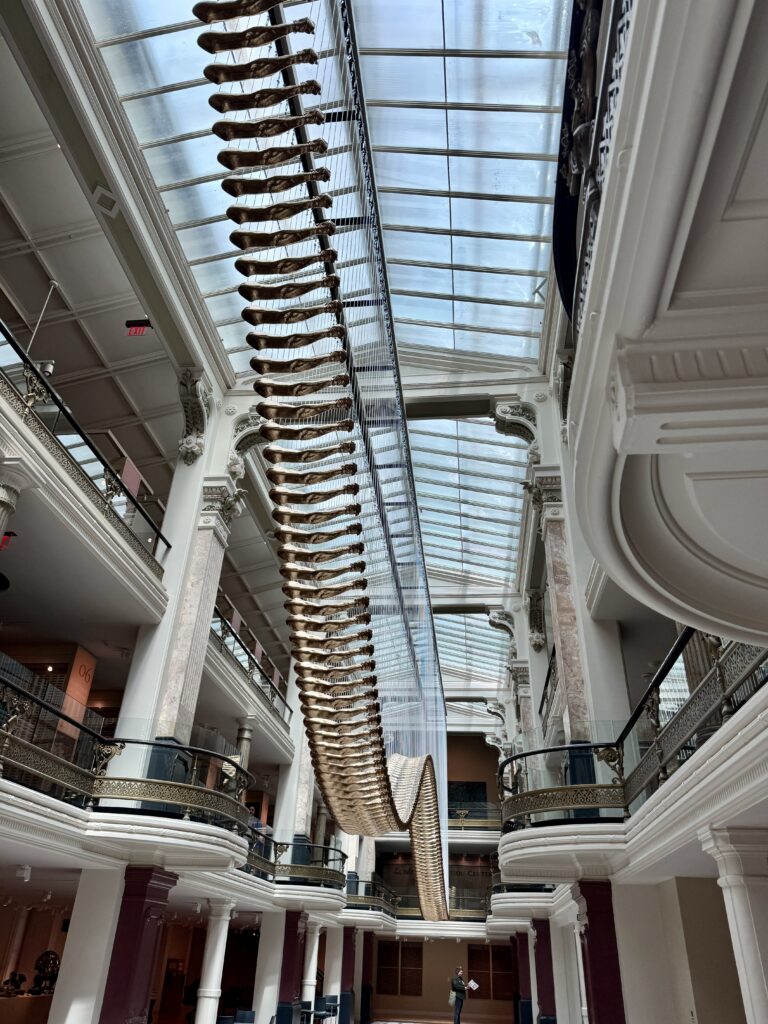
The American Art Museum is housed in the Old Patent Office Building, which covers an entire city block and was once the largest office building in D.C. In 2006, Condé Nast Traveler magazine named the magnificent structure one of the new seven wonders of the world. Fifty years prior, it had been spared from becoming a parking lot as part of a government efficiency program by President Eisenhower and given to the Smithsonian. Having been the Supreme Allied Commander during WW II, one can imagine that IKE knew a thing or two about good reasons and bad for turning national landmarks into parking lots. We were reminded of the proverb “be quick to build and slow to tear down.”
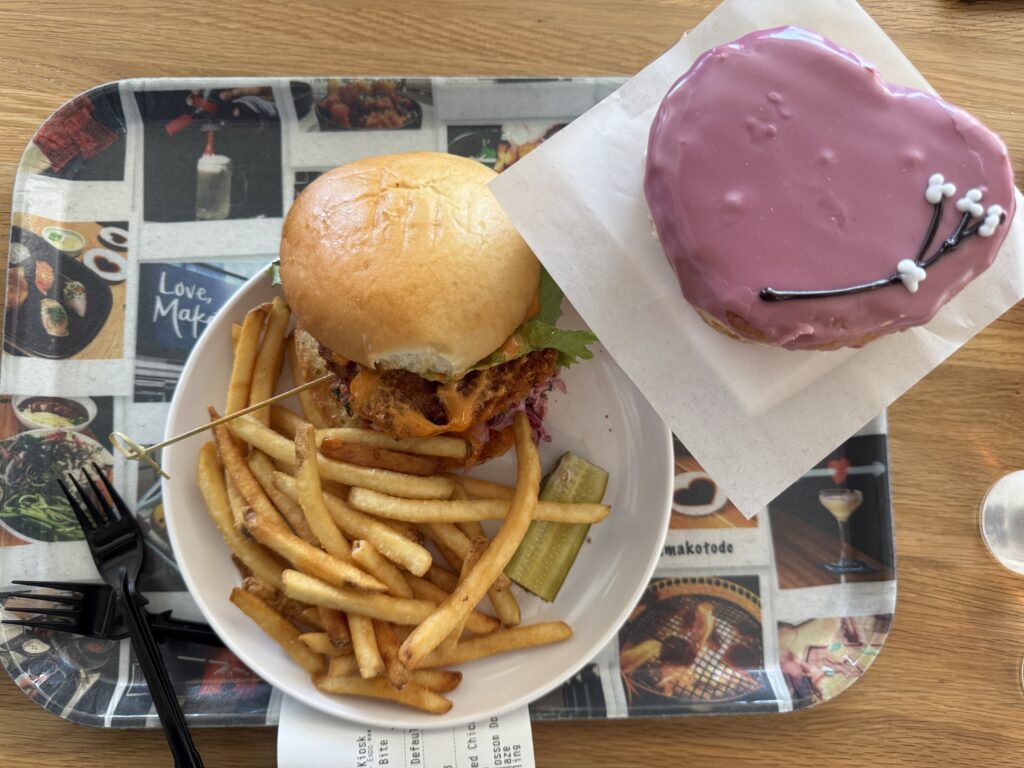
Later we contemplated the day at Love, Makoto, DC’s trendiest Japanese restaurant where we appropriated a Chicken Katsu sandwich topped with Shiso slaw and a Cherry Sakura heart-shaped donut to follow. For once there was no controversy. Love, Makato’s fast casual late lunch special was a work of art. Our heads were spinning from the fire hose of culture, controversy, and conversation that a whirlwind tour of D.C. brings. And art! of course.
